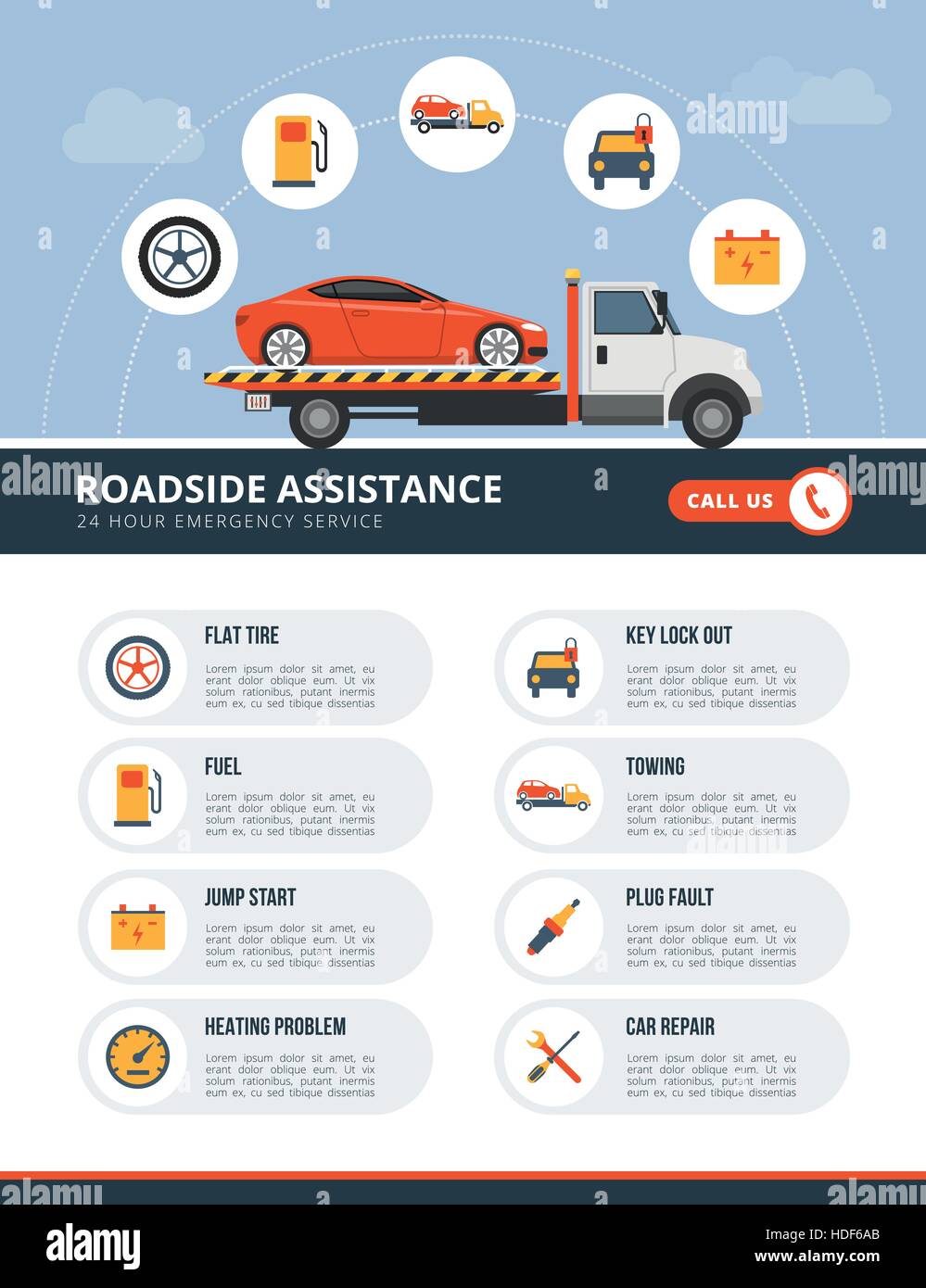Eager To Recognize What The Dashboard Warning Lights In Your Automobile Indicate? Discover Their Meanings For The Health And Security Of Your Automobile
Eager To Recognize What The Dashboard Warning Lights In Your Automobile Indicate? Discover Their Meanings For The Health And Security Of Your Automobile
Blog Article
Content Writer-Hartley Shepherd
When you lag the wheel, those radiant caution lights on your dashboard can be a little bit difficult. Do Recommended Browsing understand what they're attempting to inform you regarding your vehicle's health? Understanding the importance of these lights is essential for your safety and the longevity of your vehicle. So, the following time one of those lights pops up, would not you intend to decipher its message precisely and take the necessary actions to address it?
Common Warning Lights and Interpretations
Recognize common warning lights in your auto and comprehend their significances to guarantee secure driving.
The most normal caution lights include the check engine light, which signifies problems with the engine or discharges system. If this light begins, it's critical to have your vehicle inspected promptly.
The oil pressure advising light indicates reduced oil pressure, needing instant focus to stop engine damage.
A blinking battery light might recommend a defective billing system, possibly leaving you stranded if not addressed.
The tire stress surveillance system (TPMS) light notifies you to low tire pressure, impacting lorry stability and fuel efficiency. Overlooking browse around here can result in unsafe driving conditions.
The abdominal muscle light shows an issue with the anti-lock braking system, compromising your capacity to quit rapidly in emergency situations.
Last but not least, the coolant temperature level alerting light warns of engine overheating, which can cause severe damages otherwise settled quickly.
Understanding these common caution lights will aid you attend to issues without delay and maintain risk-free driving problems.
Significance of Prompt Focus
Recognizing the typical caution lights in your car is only the primary step; the significance of immediately addressing these cautions can not be emphasized enough to ensure your security when traveling.
When a caution light illuminates on your control panel, it's your auto's method of connecting a potential issue that requires attention. Disregarding these cautions can lead to a lot more serious troubles down the road, endangering your security and possibly costing you more out of commission.
Prompt focus to alerting lights can prevent breakdowns and crashes. For instance, a blinking check engine light could suggest a misfire that, if left ignored, might cause damage to the catalytic converter. Addressing this quickly can conserve you from a pricey repair work.
Likewise, a brake system warning light may indicate low brake liquid or used brake pads, critical parts for your safety and security when driving.
DIY Troubleshooting Tips
If you discover a warning light on your control panel, there are a couple of do it yourself troubleshooting tips you can try prior to looking for expert assistance.
The first step is to consult your vehicle's guidebook to comprehend what the certain warning light suggests. Often the problem can be as easy as a loosened gas cap causing the check engine light. Tightening up the gas cap may fix the problem.
An additional usual concern is a low battery, which can trigger numerous alerting lights. Inspecting the battery connections for deterioration and ensuring they're secure may repair the problem.
If a caution light continues, you can attempt resetting it by disconnecting the car's battery for a couple of minutes and after that reconnecting it. In addition, checking your vehicle's liquid degrees, such as oil, coolant, and brake liquid, can help troubleshoot cautioning lights related to these systems.
Conclusion
In conclusion, recognizing your auto's caution lights is important for maintaining your vehicle running efficiently and safely. By without delay resolving these signals and knowing what they indicate, you can avoid expensive repair services and prospective malfunctions.
Keep in mind to consult your car's manual for particular details on each alerting light and take action accordingly to ensure a hassle-free driving experience.
Keep informed, remain secure when driving!
